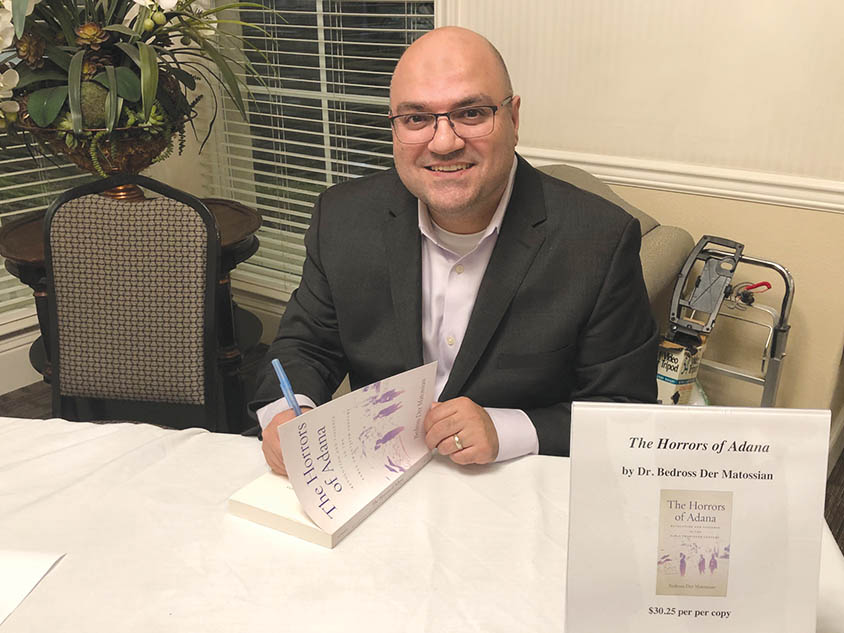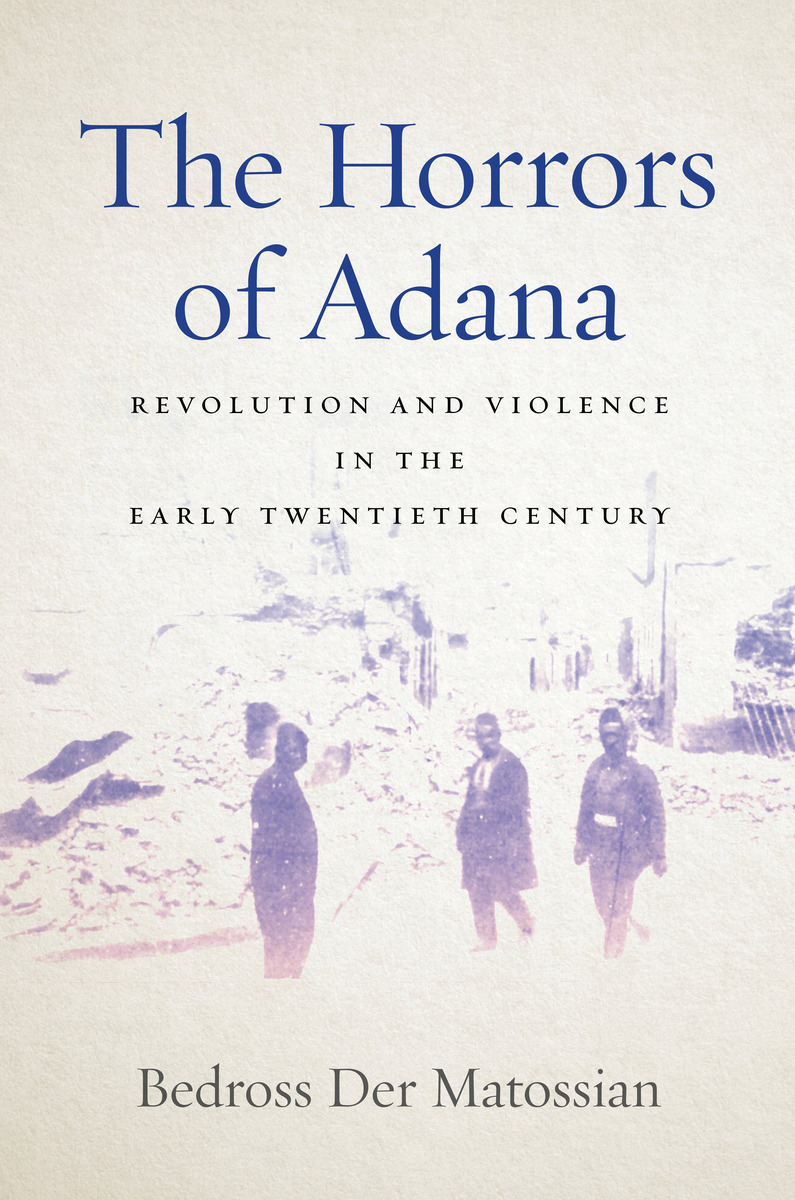
Natalie Agazarian
Staff Writer
The Adana Massacres of 1909 “were caused by a range of complex, intersecting factors that were deeply rooted in the shifting local and national ground of political and socioeconomic life,” stated Dr. Bedross Der Matossian discussing his new book The Horrors of Adana: Revolution and Violence in the Early Twentieth Century.
Dr. Der Matossian, Associate Professor of Modern Middle Eastern history and the Hymen Rosenberg Associate Professor in Judaic Studies at the University of Nebraska-Lincoln, has recently been conducting his research in the field of massacre studies. According to Dr. Der Matossian there is minimal attention paid to the Adana Massacres of 1909 in academic circles. His goal throughout his new book was to “understand the full complexity of these massacres,” rather than to essentialize the conflict as one of Armenians versus Muslims. “The book refutes the claim that certain cultures and religions are predisposed to violence,” stated Dr. Der Matossian, “an idea that was and remains prevalent in the way some Western scholars and orientalists view Islam.”
 The Armenian Studies Pro-gram invited Dr. Der Matossian to elaborate on his new book at a lecture on Friday, August 26 at the Fresno State Smittcamp Alumni House.
The Armenian Studies Pro-gram invited Dr. Der Matossian to elaborate on his new book at a lecture on Friday, August 26 at the Fresno State Smittcamp Alumni House.
In order to understand why massacres take place, both in general and specifically in Adana in the early 1900s, Dr. Der Matossian examined the violent attacks from a historical, psychological, and social-scientific perspective. He integrated four themes throughout the book that provide insight on those perspectives. One theme is the emergence of a resilient public sphere. With the rise of the Young Turk Revolution in 1908, the ideas of constitutionalism, social engineering, and the aim to maintain stability within the Ottoman Empire gave the people liberty to express their feelings.
Another primary focus in Dr. Der Matossian’s book is the effect rumors had on the eruption of violence in Adana. The first wave of massacres took place between April 9-10, 1909; these killings were instigated as rumors spread that Armenians were planning to establish an independent Armenian Kingdom of Cilicia. The spread of misinformation via newspapers and telegraph fed into the growing tensions in Adana between the Ottoman Turks and Armenians, thus creating division and heightened emotions amidst the crisis.
Adana was, in the early twentieth century, one of the prime cotton producing areas of the world, with the Armenians playing a leading role in the industry. The increased production of cotton led to significant Armenian economic advancement, in turn upsetting the neighboring Muslims. In the case of the Adana Massacres, emotions fed into preconceived notions of economic envy towards the success of Armenians.
Armenians in the Adana Massacre suffered and endured acts of murder, rape, extortion, and arson. They had hoped for humanitarian intervention from Europe. The first wave of massacres resulted in 2,000 Armenian deaths and an influx of refugees. Dr. Der Matossian examined the massacres from a global perspective and concluded his book by stating that nominal justice and little humanitarian aid was provided in the case of the Adana Massacres.
By analyzing the structure of violence from various perspectives, Professor Der Matossian was able to bring attention to the spiral of violence that occurred in Adana while explaining the multi-faceted, complex phenomenon of massacre and violence.
The new book, The Horrors of Adana: Revolution and Violence in the Early Twentieth Century (2022), is available through Stanford University Press, https://www.sup.org/books/title/?id=26239.
 Hye Sharzhoom Armenian Action
Hye Sharzhoom Armenian Action